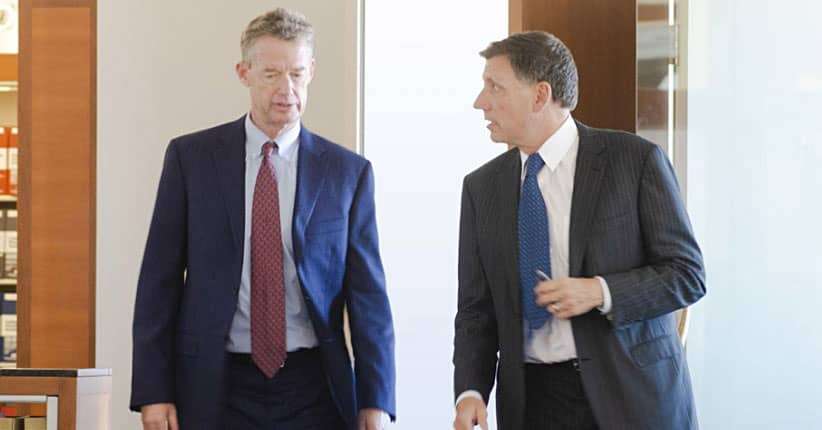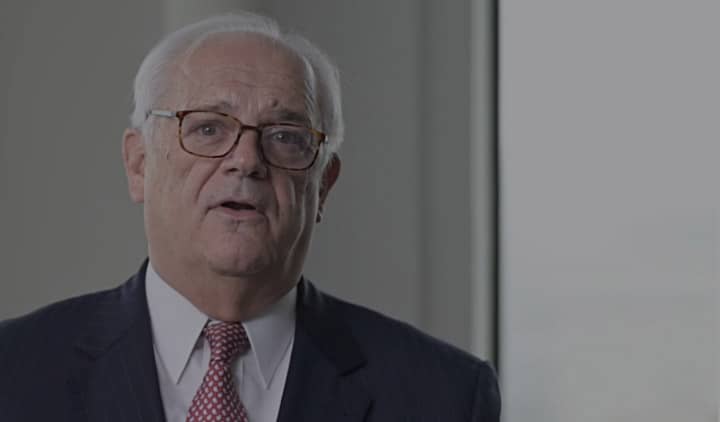The debate over safety, accessibility, reliability and consumer’s acceptance of autonomous vehicles has grown heated as multiple tech businesses have pushed their efforts to get driverless vehicles on the road. Uber jumped to the forefront of the controversy in the Bay Area today by announcing that self-driving cars are part of their etaxi services starting now. Despite the absence of a testing permit from the California DMV, Uber is moving ahead with a select number of Volvo XC90 vehicles that do not require a driver although an attendant will be present in the vehicles.
License and registration
Uber claims that it doesn’t need a testing permit because those permits apply to cars driving without the aid of a human driver to control or monitor them. The limited program in San Francisco has “monitors” in the front and back seat gathering data and standing ready to take control if something goes wrong. Whether state regulators take a similar view of California’s regulations remains to be seen.
A matter of time
Of course, it is only a matter of time until one of these driverless vehicles is involved in a serious, or fatal car accident. If a vehicle operated by Uber is responsible, there will obviously be a scramble to determine any division of liability between the carmaker, the software maker, Uber or others. Uber has a checkered history in the San Francisco Bay Area relative to taking responsibility when its services go awry. The situation bears watching, as San Francisco drivers, bikers and pedestrians become the latest guinea pigs in Uber’s quest for profit.
Making human drivers obsolete
Human error is to blame for more than 90 percent of car crashes. And of course, human beings are responsible for 100% of autonomous car design. Injuries, fatalities and collisions are going to happen. Robots and robotic cars with their origin in human design and manufacture, will not make our roads absolutely safe. Tech companies fighting for market share in the autonomous automobile arena claim there is significant potential for safety gains in replacing human drivers with machines incapable of drunk driving, distracted driving or drowsy driving.. The victims of motor vehicle accidents must be protected. Whether it’s Uber, vehicle manufacturers, software developers or some other party, the victims of serious accidents must have access to full and fair compensation for their injuries.
Source: Venture Beat, “Uber’s launching self-driving cars for the San Francisco public today,” by Paul Sawers, 14 December 2016


